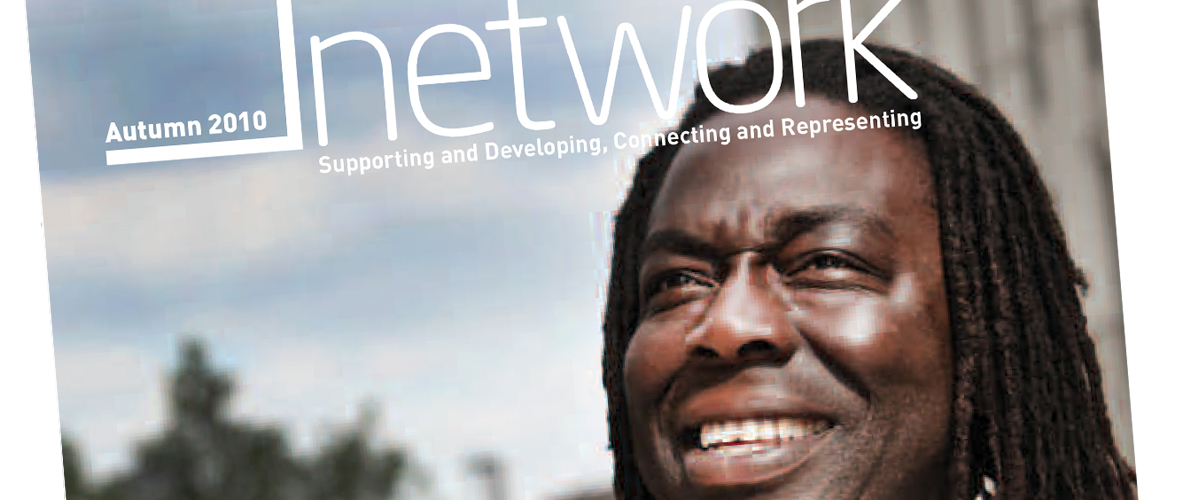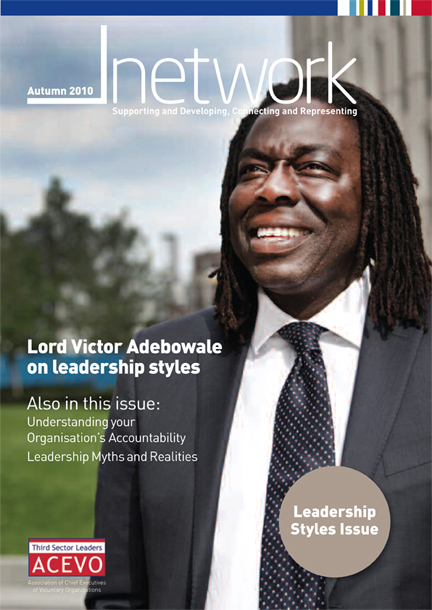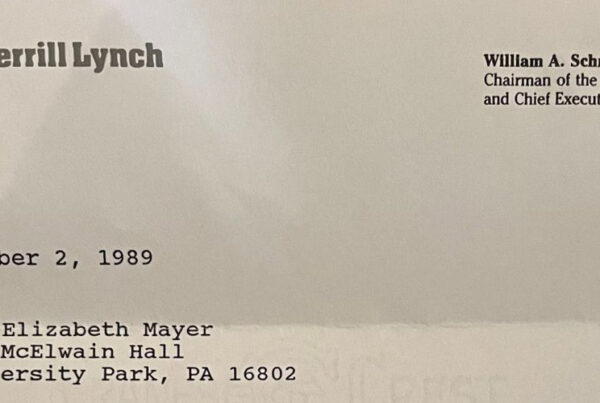

Article Summary: In June, I had the privilege of addressing participants at the Association of Chief Executives of Voluntary Organisations (ACEVO) conference (see Charities Must Also Have Great Messages).
This fantastic opportunity was because of a serendipitous meeting with Seb Elsworth, Director of Strategy, at a Great Ideas Conference (from ASAE). One part of the conversation led to another and to another and finally to an agreement of me presenting a business storytelling keynote. After the keynote, I was introduced to Agnes Jumah, Head of Marketing. We chatted briefly about writing an article. And here’s the article, recently published in the ACEVO Network Magazine. In a nutshell, the article furthers the London discussion about the importance of being different in how you develop and deliver your key messages. And second, to be deliberate in the words you use in your messages and where you use them as you engage your target audiences.
WOW! TELL ME MORE – AN ARTICLE FOR ACEVO, UNITED KINGDOM CHARITIES
Copyright © 2010. The Chief Storyteller®, LLC.
Ira J. Koretsky
September 2010
Ira Koretsky spoke to ACEVO members at the CEO Summit and impressed the audience with his thoughts on why a unified story is critical to the future success of a third sector organisation. Here he describes how to get potential stakeholders wanting more.
What is the main lesson we can learn from the long history of consumer product advertising? Message unification. Companies have spent billions of pounds connecting to our hearts, to move us to buy their products. They unify words, images, and experiences across their communication materials into one core message, typically with great effect.
Business stories—and their communication of shared experiences—are enduring assets. From you, the CEO, to every staff member, through every medium, everything your charity communicates is a business story.
The single most important business story is your core story—the story that answers the question, “What does your organisation do?” Your answer makes the difference between someone saying, “Wow! Tell me more” or “Oh, that’s nice.” The more interesting, the more compelling, and the more tangible your core story, the more likely the audience hearing or reading it will, in turn, repeat your story to others.
Complementing the core story are your supporting stories. These are the stories and messages generating interviews and publicity, inspiring volunteers, increasing donations, yielding grants and funding, and enabling you to help more people.
Many organisations in ACEVO miss the opportunity to better leverage the power of a unified story. Why? Because they 1) Communicate details and facts rather than goals and success stories and 2) Communicate according to their own, not their audience’s, perspectives. What can a third sector organisation do?
DEVELOP A “WOW! TELL ME MORE” CORE STORY
When you pick up a newspaper, what do you read first? Headlines. Your core story is like a newspaper headline. It should grab your audience’s attention with the promise your organisation offers a better future. I call this your Better Tomorrow Message™. And the headline/BTM should be no more than 10 words.
Here are a few examples: “We are champions of healthy living” for the American Diabetes Association®; “We build futures” for the United Negro College Fund Special Programs; “We help kids nationwide stay in school” for Americans All® Foundation; and “We build healthier communities through partnerships” for The Centers for Disease Prevention and Control.
DEVELOP A STORY LIBRARY
Do you know what stories inspire people to act? To volunteer? To donate? To provide press coverage? Along with traditional business stories (e.g., articles and presentations), develop your own library of success and case stories to inspire action.
Categorise and reinforce them so your team members are comfortable sharing them at the right times. Tell us about the challenge you faced, how you overcame it, and what impact your actions achieved.
UNIFY AND UPDATE
With the tough economic climate, resources are increasingly scarce, government initiatives are changing the face of the third sector, and corporations are reducing charitable donations. You cannot afford to have a muddled message.
In the absence of a unified message, people will either forget you or make up their own version. Spend the time needed unifying your messages to your core story. Everyone involved in your charity—volunteers, board, staff, partners, and those you help—should be ready to tell your core story with your key support messages. Evaluate your success and update your communication accordingly.
THINK DIFFERENTLY AND THINK DELIBERATELY
Great stories travel. As with great personal stories, great business stories transform facts into ideas and ideas into action. Action can generate the funding, support, and publicity enabling your organisation to help its clients. To develop great stories, focus on goals and success stories, be mindful of the audience, and satisfy your audience’s needs.
Remember the advice of novelist Joseph Conrad: “I have no use for engines. Give me the right word…and I will move the world.”
Photography Source: Image from ACEVO Network Magazine
#acevo #elevatorpitch #bettertomorrowmessage #thirdsector #chiefstoryteller



